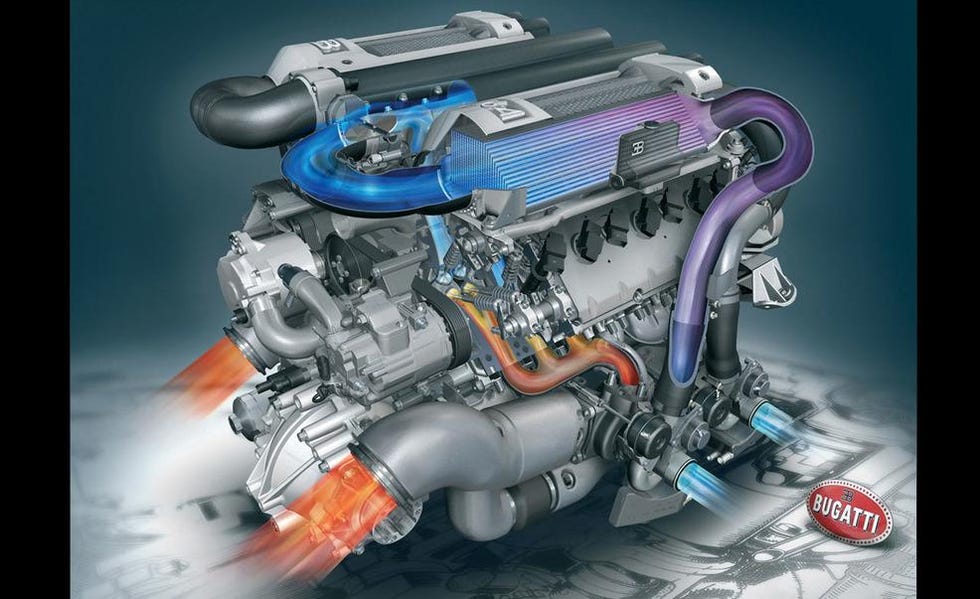Why Select Engines For Africa for Reliable Motors
Why Select Engines For Africa for Reliable Motors
Blog Article
A Complete Guide to Selecting the Right Engine for Your Task
Choosing the suitable engine for your job is an essential choice that can significantly affect its general success. Each of these elements plays an essential function in guaranteeing that your chosen engine not only satisfies prompt purposes however likewise aligns with long-term aspirations.
Specify Your Task Requirements
Defining your task needs is an essential action in choosing the appropriate engine for effective application. A comprehensive understanding of your task's goals will lead you in determining the abilities and features called for from an engine. Begin by detailing the range of your job, including the desired performance, target audience, and the details outcomes you intend to achieve.
Next, take into consideration the technical needs that align with your task goals. This includes reviewing the compatibility of the engine with existing systems, in addition to the shows languages and frameworks that will certainly be made use of. Furthermore, analyze the level of scalability needed to suit future growth or changes sought after.
Budget constraints also play an essential role in defining your job requires. Develop a clear monetary structure to lead your decision-making process, making sure that the engine selected fits within your budget plan while giving the necessary performance.
Evaluate Efficiency Demands

Following, consider the scalability of the engine. Assess whether it can deal with boosted work as your job grows. Engines that support horizontal scaling are usually preferable for larger applications. Additionally, evaluate the engine's performance under various problems, such as peak use circumstances, to guarantee it meets your reliability criteria.
Take Into Consideration Convenience of Usage
While technical specifications are essential, the convenience of usage of an engine can substantially affect the development process and general job success. An instinctive user interface, clear documentation, and structured workflows can significantly decrease the knowing contour for designers, enabling them to concentrate on creativity and analytic rather than facing complicated tools.
When reviewing an engine's simplicity of use, take into consideration the onboarding experience. A well-structured introduction, full with tutorials and sample tasks, can assist in a smoother transition for brand-new users. In addition, the clearness and comprehensiveness of the engine's paperwork play an important role; detailed guides and API recommendations can empower designers to repair and execute attributes efficiently.
An engine that permits for simple alterations can be extra easy to use, as developers can customize it to fit their details demands without comprehensive headache. Inevitably, picking an engine that focuses on simplicity of use can lead to a more pleasurable and efficient growth experience.
Assess Area and Assistance
The strength of an engine's area and assistance network can you can find out more substantially affect a designer's experience and success. When examining an engine, think about the dimension and activity level of its community.
Moreover, evaluate the schedule of main assistance networks. Trusted documents, responsive consumer assistance, and routine updates are essential for attending to technical concerns and keeping your task on track. Engines For Africa. Energetic communities likewise cultivate collaboration, giving opportunities for networking and responses, which can be vital, particularly for tiny teams or independent developers
In addition, explore the presence of community-run occasions, such as meetups or hackathons. These events can enrich your understanding of the engine while connecting you with knowledgeable users and prospective partners. In recap, a durable area and support group not only improve advancement however additionally develop an environment conducive to learning and development, eventually improving the probability of your task's success.
Contrast Price and Licensing Alternatives
Spending plan factors to consider see this play an essential role in selecting the right engine for your project, as the cost and licensing options can significantly impact both short-term expenses and lasting viability. Engines For Africa. Various engines provide varying pricing structures, which can consist of single acquisition costs, registration models, or revenue-sharing arrangements based upon your task's incomes

Licensing alternatives additionally differ substantially. Some engines are open-source, using versatility and community-driven support, while others may call for exclusive licenses that limit use and circulation. Comprehending the implications of each licensing model is vital, as it influences possession rights, future scalability, and potential lawful responsibilities.
Conclusion
In verdict, picking the suitable engine for a project demands a complete examination of defined task requirements, performance requirements, convenience of use, community learn this here now assistance, and cost factors to consider. By systematically addressing these important elements, decision-makers can guarantee alignment with both future and existing job demands. An educated choice inevitably enhances the chance of project success, making it possible for effective source allocation and making the most of possible outcomes within the defined budgetary restrictions.
Picking the suitable engine for your job is a crucial choice that can considerably affect its total success.Defining your job requires is a crucial step in choosing the ideal engine for successful application. A thorough understanding of your project's goals will certainly direct you in determining the abilities and attributes called for from an engine.Once you have a clear understanding of your task needs, the next action is to review the performance requirements of the engine.In final thought, picking the appropriate engine for a job demands a comprehensive examination of defined task requirements, performance requirements, convenience of use, area assistance, and cost considerations.
Report this page